- Home
- Missions
- Data
- Communications
- People
- The Earth Observer Newsletter
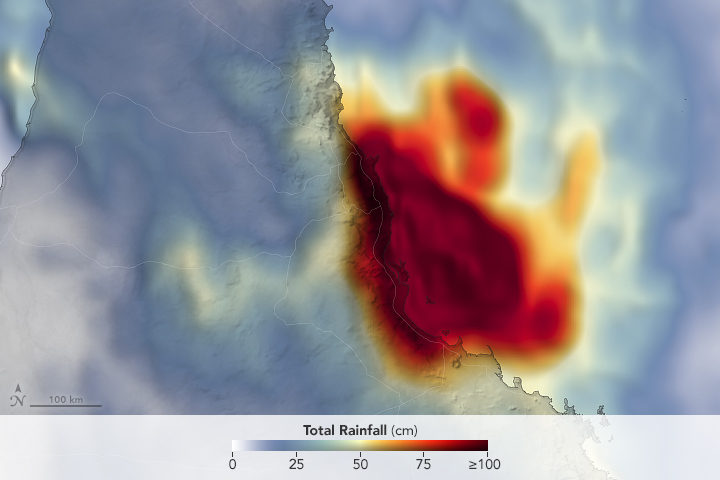



Recent Imagery
You will be directed to the NASA Visible Earth webpage when you select Images by Mission below, or click on the images at right that are randomly generated to represent four out of all possible topics.
You are here
Mission Brochures
NASA's Earth Observing System provides a variety of materials available for download. Feel free to choose a category below:
- Brochures
- Postcards
- Posters
- Science Writers’ Guide
- Mission Brochures
- Fact Sheets
- Calendars
- Booklets
- Lithographs
- Reference and Data Products Handbooks
- iBooks
- Activities
 |
Orbiting Carbon Observatory 2 (2014) This brochure describes NASA's Orbiting Carbon Observatory 2 (OCO-2) mission. OCO-2 is the first NASA satellite dedicated to monitoring carbon dioxide, and it will do so with greater precision and detail than current instruments. Data from OCO-2 will help scientists understand where carbon dioxide is being emitted and removed from the atmosphere, subsequently allowing them to make projections of how Earth’s climate might respond to these changes in the future. This is related to the following mission(s): This publication appears in: |
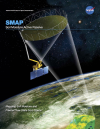 |
Soil Moisture Active Passive (2014) The Soil Moisture Active Passive, or SMAP, mission (described in this brochure) is NASA’s first Earth-observing satellite mission designed to collect continuous global observations of surface soil moisture and freeze/thaw state every 2-3 days at 3 to 40 kilometer (~2 to 25 mile) spatial resolution. As suggested by the name “Active Passive,” SMAP will carry an active microwave radar and a passive microwave radiometer that will measure across a 1000-kilometer (~621-mile) wide swath. The ability to measure global soil moisture and its freeze/thaw state from space with unprecedented accuracy and spatial resolution will allow scientists to better understand the processes that link the Earth’s water, energy, and carbon cycles, as well as enhance the predictive skills of weather and climate models. In addition, scientists can use these data to develop improved flood prediction and drought monitoring capabilities. Societal benefits include improved water-resource management, agricultural productivity, and wildfire and landslide predictions. This is related to the following mission(s): This publication appears in: |
 |
GPM Core Observatory (2014) The Global Precipitation Measurement (GPM) mission is an international partnership co-led by NASA and the Japan Aerospace Exploration Agency (JAXA). The mission centers on the deployment of the GPM Core Observatory and consists of a network, or constellation, of additional satellites that together will provide next-generation global observations of precipitation from space. In this brochure you will learn about the specifics of the GPM Core Observatory and its role in the GPM mission. This is related to the following mission(s): This publication appears in: |
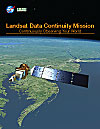 |
Landsat Data Continuity Mission Unprecedented changes in land cover and use are having profound consequences for weather and climate change, ecosystem function and services, carbon cycling and sequestration, resource management, the national and global economy, human health, and society. Measurements taken by the Landsat Data Continuity Mission (LDCM) serve NASA research in the focus areas of climate, carbon cycle, ecosystems, water cycle, biogeochemistry, and Earth surface/interior. This is related to the following mission(s): This publication appears in: |
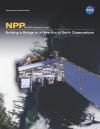 |
Suomi NPP Understanding, monitoring, and predicting the course of long-term climate change and short-term weather fluctuations remains a task of profound importance. Economic competitiveness, human health and welfare, and global security all depend in part on our ability to understand and adapt to environmental changes. This is related to the following mission(s): This publication appears in: |
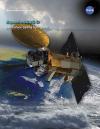 |
Aquarius/SAC-D Changes in sea surface salinity have large-scale effects on Earth’s water cycle and ocean circulation. Before now, scientists had studied these changes using measurements collected by ships and buoys out at sea. Fortunately, for the first time ever, NASA’s Aquarius/SAC-D satellite will provide space-based, global sea surface salinity measurements. Surface salinity data from Aquarius/SAC-D will give scientist a key to better understanding how ocean circulation is tied to global climate. This is related to the following mission(s): This publication appears in: |
 |
Global Precipitation Mission (GPM) Knowing when, where, and how much it rains or snow is vital to understanding how the Earth system functions. This brochure explains how GPM - an international satellite mission - will benefit all nations by unifying and advancing precipitation measurements from space for scientific research and societal applications. This is related to the following mission(s): This publication appears in: |
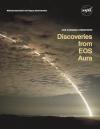 |
Our Changing Atmosphere: Discoveries from EOS Aura Aura is NASA’s third large Earth Observing System mission and is dedicated to understanding the changing chemistry of our atmosphere. View the latest brochure highlighting some of the discoveries from the Aura Mission. This is related to the following mission(s): This publication appears in: |
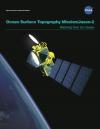 |
Ocean Surface Topography Mission/Jason-2 The Ocean Surface Topography Mission (OSTM)/Jason-2 spacecraft advances our understanding of ocean circulation and will improve our ability to forecast climate events and measure global sea-level change. The instruments on board are designed to map ocean surface topography to provide information on ocean wave heights, sea surface topography, tides, and water vapor. OSTM/Jason-2 continues the tasks of the Jason-1 mission. This is related to the following mission(s): This publication appears in: |
 |
Orbiting Carbon Observatory (OCO) The Orbiting Carbon Observatory (OCO) is a new mission in NASA’s ongoing study of the global carbon cycle. OCO will make the first space-based measurements of atmospheric carbon dioxide (CO2) with the precision, resolution, and coverage needed to accurately map the geographic distribution of CO2 sources and sinks. This information will be used to improve our understanding of the processes that control atmospheric concentrations of this potent greenhouse gas and will lead to improved predictions of future climate. This is related to the following mission(s): This publication appears in: |
